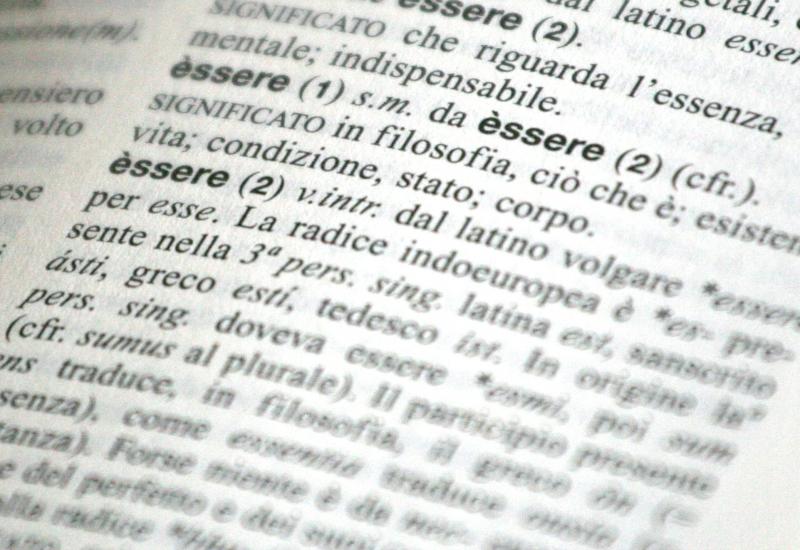Last week we looked at avere [to have]. This week we are going to look at essere [to be]:

You may remember that we don’t usually need to use the subject pronouns in Italian as it is the verb form that tells us who is doing the action. So you’ll probably be wondering how we know whether the speaker means “I” or “they” with this verb, as the forms are identical. The answer is…. from the context!
To say “there is” you use c’è.
To say “there are” you use ci sono.
[Do you remember how to pronounce the c after i ? It’s a “ch” sound.]
We often use parts of essere in exclamations, with quanto or come, like this:
Come sei bella! / How beautiful you are!
Quanto è difficile quest’ esercizio! / How difficult this exercise is!
See if you can complete these sentences using parts of essere:
-
Mamma, dove ____ ?
-
______ in cucina!
-
C’ ___ una lettera per te!
-
Ragazzi, _____ pronti? [Use the voi form]
-
Si, ______ pronti! [Use the noi form]
-
Dove ______ Maria e Carlo?
-
_______ nel giardino.
-
Maria, quanto ____ elegante!
We cannot use parts of essere to translate the present continuous in English, eg., “lavoro” translates both “I am working” and “I work”.
We do not use the verb essere to ask about someone’s health or to reply. We’ll tell you about that next week.
And now enjoy this:
Come è bello far l’amore quando è sera [How beautiful it is to make love when it’s evening]
Post your queries about Italian Language here.









